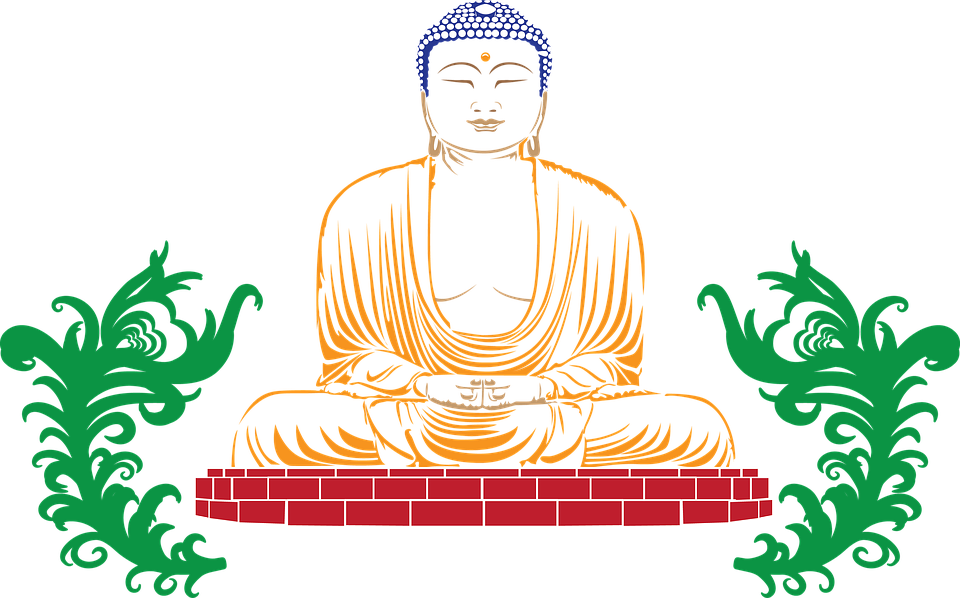‘Dharmapala’ – hoary Sanskrit from India, terra firma giving birth to the Vedas;’ The End of All Knowledge’, innumerable deities, home of the Ganges river and Buddha The Awakened One – means “…guardian of the teachings[i]” Variously, the term is also used to mean defenders or protectors of the law of the ‘Diamond Vehicle’.
Vajrayana, or the ‘Diamond Vehicle’, is a Buddhist school of Indian Mahayana teachings that, so far, can be archeologically traced to the first millennium. Dharmapalas are deified protective agents for the Vajrayana teachings (an evolved style of yoga practice and philosophy derivative of the historical Buddha’s practice). As history in the far eastern traditions is constantly being updated and rewritten, it is also possible that these deities were first used in Tantric teachings.
A practical ritual application of all or any one of the Dharmapalas is for today’s Tibetan yogi or sadhana practitioner to call them forth during ritual and meditation in order to protect against negative undue influences that will keep one from advancing along the path of sadhana or practice.
While the Dharmapala deities figure heavily in Tibetan art as horrific and angry, it’s understood that here the end justifies the means; actually these are compassionate, Buddhist deities, whose angry sneers, heavily ornamented, husky bodies, and deadly weaponry are protective camouflage devices for the good of the practice, to drive away illusion and evil; in Judeo-Christian parlance we refer to this type of deity as an archangel.
The Eight Dharmapala Deities
Eight Dharmapala deities are known – each one may be known by several designations – and called upon, each for its specific specialized areas of protection: “Mahakala, Yama, Yamantaka, Hayagriva, Vaisravana, Shri Devi, Changpa, Prana Atma.[ii] ” This listing is the traditional hierarchical accounting with Mahakala appearing in the number one position as that Dharmapala who protects the Dali Lamas (those highest spiritual leaders in the Buddhist community).
 Two principle viewpoints are offered for the importance of Dharmapalas: the fundamental and literal; and the metaphorical and often mystic. The fundamental is covered above in the definitions of, and traditional use of these deities. However, what of the metaphorical and mystic?
Two principle viewpoints are offered for the importance of Dharmapalas: the fundamental and literal; and the metaphorical and often mystic. The fundamental is covered above in the definitions of, and traditional use of these deities. However, what of the metaphorical and mystic?
It is the goal of all yoga to return to the source, and that life in the human body is transcendental. The body and finite mind therein is a powerful instrument of return. Could these Dharmapalas be part and parcel of our higher, dedicated, and as sadhana practitioners, disciplined self? Taking a Jungian view, perhaps these are archetypal elements of self-discipline towards yoga practice. It is not uncommon protocol for group meditation in the Zen Buddhist school to have one monitor with a fierce face and wielding a bamboo rod skulking the crowd waiting to sharply strike that one – with compassion, of course – who has fallen asleep at his sitting.
[i] ‘The Shambhala Dictionary of Buddhism and Zen’ –Shambhala Publications, 1991.
[ii] As above.





